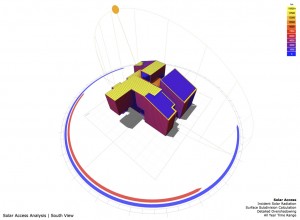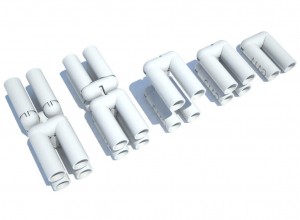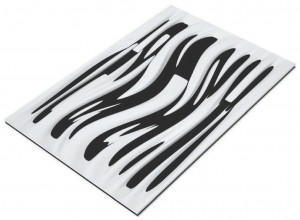 ECOTECT FINAL ASSIGNMENT
ECOTECT FINAL ASSIGNMENT
Project Type: Multifamily Housing
Project Location: Liberia, Guanacaste, Costa Rica
Altitude: 140 msnm
Longitude: -85.3
Latitude: 10.4
Main Materials: Concrete Blocks (Structure and Walls) Suspended Timber Floor (Decks) Corrugated Metal (Roof) Stainless Steel (Panels)
Time Zone: -6:00 Chicago
Maximum Temperature: 35,9º C
See the full process document here.

 ASSIGNMENT 3
ASSIGNMENT 3
 ASSIGNMENT 2
ASSIGNMENT 2







